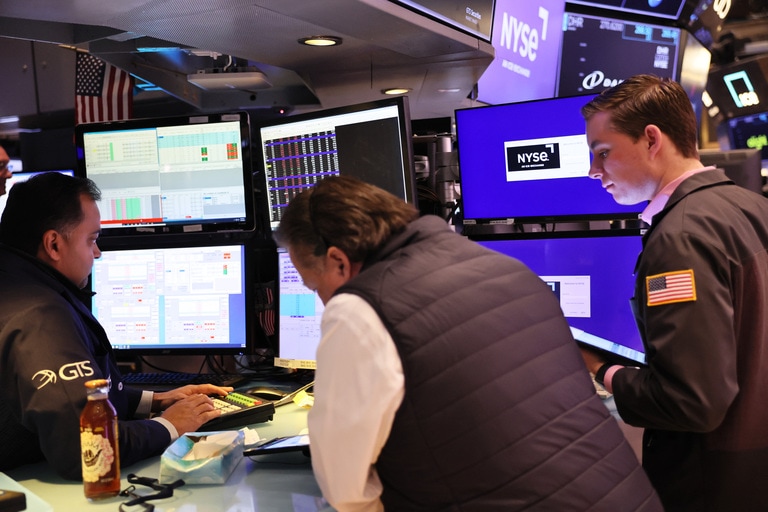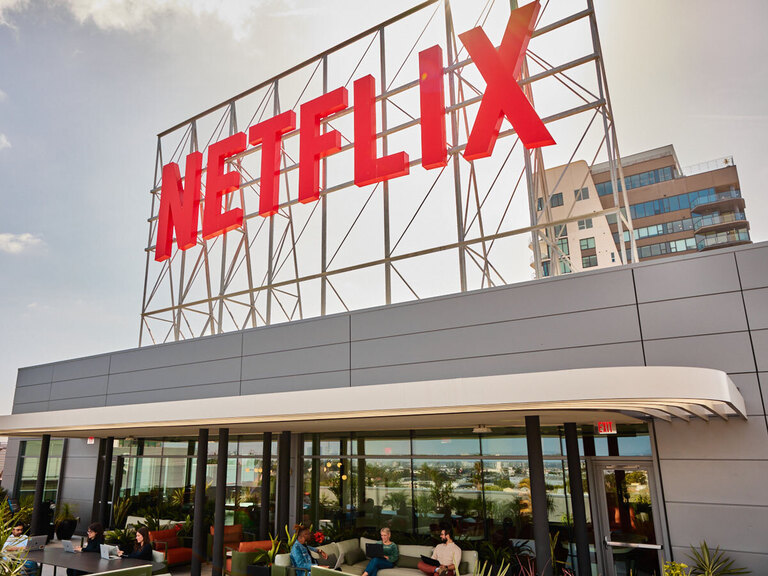Global equity markets started the month on the front foot helped by improvements in both Chinese and US manufacturing PMI data for March. The fact that European manufacturing PMI’s was spectacularly poor, and that US consumers retrenched was overlooked as US markets closed at their highest levels this year.
Asia markets took their cues from the strong sessions in Europe and the US, closing higher for the second day in succession, as investors looked to the restart of trade talks between the US and China in Washington this week.
European markets have also opened higher with the FTSE 100 outperforming due to the weaker pound.
Rolls-Royce is in focus, with the shares slipping back after Singapore Airlines grounded two Boeing 787 aircraft due to issues in its Trent 1000 TEN engines, where cracks have been found in the fan blades.
Budget airline Wizz Air surprised the markets this morning after reporting that it expected profits to come in at the top end of guidance, putting into sharp focus yesterday’s warning from easyJet that Brexit was likely to act as a brake on its performance in the second half. Wizz said it expected to deliver profits between €270m and €300m. The company cited strong demand with load factors up 2.6ppts to 94.1%. Revenue per seat was also higher, while passenger numbers grew 10%. Unlike easyJet, its focus on expanding its networks in Eastern Europe appears to be paying dividends with strong growth in its March traffic numbers
There was little in the way of progress overnight with respect to what MPs can coalesce around in respect of a Brexit outcome. The most entertaining part of the day was when climate change protestors staged a semi naked protest by gluing themselves and their backsides to the glass panels in the viewing area, which overlooked the chamber.
Last night’s events took on a familiar look with MPs united in stating what they didn’t want as four parliamentary indicative votes went the same way as last week’s indicative votes. On the bright side there did appear to be some movement with the various options losing by a small number of votes, with the customs union option falling short by three votes, 273 to 276. The second referendum option fell short by 12 votes and was the most popular option gaining 280 votes, however it was also the most unpopular option with 292 votes against along with the revocation of article 50.
What does this tell us about which option might get the support of MPs in any follow up vote on Wednesday, if there is one? The answer is not much, simply because of the number of abstentions which in some cases totalled over 100 MPs, and as such it is difficult to determine with any degree of certainty which way most of these MPs might jump when push comes to shove, in an actual real vote. As a result of last night’s stalemate the pound slid back sharply as markets once again focused on the current default position, which remains no deal on 12 April under current legal statute.
The EU’s response was predictable as it was inevitable as its chief negotiator Michel Barnier reaffirmed that the withdrawal agreement was the only deal on the table for an orderly exit, that the EU was ready for no deal, and that such an outcome had become much more likely. The EU also said that there had to be a specific endpoint for an extension to be agreed, which looking at the current deadlock still looks further away than ever, and that’s before we even consider the possibility of another election, which could happen if MPs can’t agree on a way out of the current impasse, and decide to throw themselves on the mercy of the EU to grant time for such an event to happen.
This is what today’s cabinet meeting is likely to focus on, as well as whether it’s worth trying to resurrect Theresa May’s withdrawal agreement for the fourth time of asking. The EU have made it clear that it’s the only deal on the table, however the Speaker of the House has made it clear that he is unlikely to consider it again, and there are also a number of MPs who have stated they won’t vote for it again.
Bitcoin prices surged overnight, pushing above $5k for the first time since November, with little in the way of news as to what might have driven the move. It is likely to find resistance at the 200 day MA which currently sits around the $5,255 level.
US markets look set to open slightly lower later today, ahead of durable goods numbers for February, which are expected to show a rise of 0.1%, excluding transports, raising concerns about the resilience of the US consumer after US retail sales declined by 0.2% in the same month.
The shine appears to have come off Lyft much quicker than expected as the shares slipped below their IPO price in US trading last night. This lack of enthusiasm appears to have come about from the realisation that the company is unlikely to be profitable at any point in the near future. With losses coming in at around the $1bn mark, the question that should have been asked is how long can a company, that only has exposure to the North American market, sustain this level of cash burn.
To really compete against a company like Uber which has a more international exposure already it will need to burn through a lot more cash if it wants to compete on a level playing field.
On the earnings front we have the latest Q2 update from US pharmacy Walgreens Boots. At the end of last year the company announced plans to cut costs by $1bn over the next three years, after reporting numbers that beat estimates on revenues and profits. The shares have struggled despite a strong rebound in US markets more generally. Concerns about shrinking margins and the possibility that Amazon will enter the market and disrupt the sector appears to have reinforced a reluctance on the part of investors to get back into the stock . The shares do appear to have a solid base at $58 which has kept a floor under the price since October 2014. A fall below this level could precipitate further weakness if investors perceive that the company can’t meet its revenue and profit target.
Disclaimer: CMC Markets is an execution-only service provider. The material (whether or not it states any opinions) is for general information purposes only, and does not take into account your personal circumstances or objectives. Nothing in this material is (or should be considered to be) financial, investment or other advice on which reliance should be placed. No opinion given in the material constitutes a recommendation by CMC Markets or the author that any particular investment, security, transaction or investment strategy is suitable for any specific person. The material has not been prepared in accordance with legal requirements designed to promote the independence of investment research. Although we are not specifically prevented from dealing before providing this material, we do not seek to take advantage of the material prior to its dissemination.







